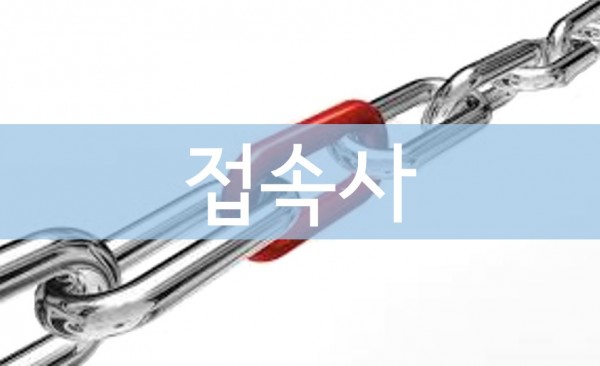한국어의 특징 (Korean feature) - 접속사 (conjunction) (8/20)
도우미
본문
한국어에서는 문장과 문장을 이을 때는 서술어로 쓰인 동사나 형용사의 어간에 ‘-아/-어, -게, -지, -고, -서’ 등과 같은 연결어미를 붙입니다.
In Korean, when connecting sentences and sentences, concatenating endings such as ' 아/-어, -게, -지, -고, -서 ' are added to the stem of a verb or adjective used as a predicate.
예) 당신은 너무 아름다워[서] 나는 당신을 사랑하지 않을 수 없어요.
Example) You are so beautiful that I can't help but love you.
그러나 접속사처럼 쓰이는 별도의 어휘로 문장을 연결하는 경우도 있습니다. 즉 ‘그러나, 그래서, 그렇지만’ 등이 영어나 불어 등의 접속사와 같은 기능을 합니다.
However, there are cases where sentences are connected with separate vocabulary used like conjunctions. In other words,'그러나, 그래서, 그렇지만' functions like conjunctions such as English or French.
보다 자세한 한국어 특징은 한국어 선생님과 함께 공부하세요.
Learn more about Korean features with your Korean teacher.
오늘도 행복하세요.
Don't worry, be happy.
In Korean, when connecting sentences and sentences, concatenating endings such as ' 아/-어, -게, -지, -고, -서 ' are added to the stem of a verb or adjective used as a predicate.
예) 당신은 너무 아름다워[서] 나는 당신을 사랑하지 않을 수 없어요.
Example) You are so beautiful that I can't help but love you.
그러나 접속사처럼 쓰이는 별도의 어휘로 문장을 연결하는 경우도 있습니다. 즉 ‘그러나, 그래서, 그렇지만’ 등이 영어나 불어 등의 접속사와 같은 기능을 합니다.
However, there are cases where sentences are connected with separate vocabulary used like conjunctions. In other words,'그러나, 그래서, 그렇지만' functions like conjunctions such as English or French.
보다 자세한 한국어 특징은 한국어 선생님과 함께 공부하세요.
Learn more about Korean features with your Korean teacher.
오늘도 행복하세요.
Don't worry, be happy.
Comments
Zena
Good to learn Korean. 감사힙나다. 선생님.



 Customer Support Center
Customer Support Center